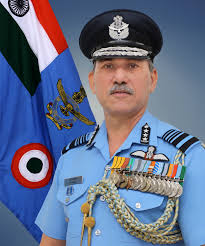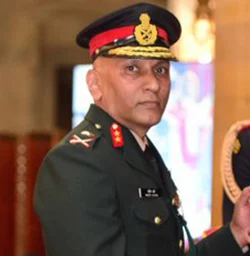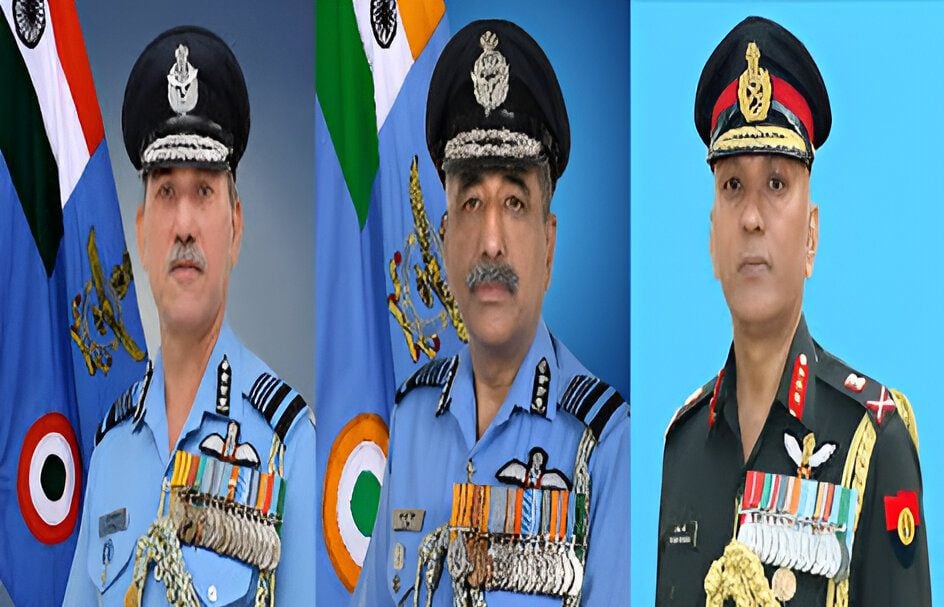In a sweeping leadership transition across India’s military services, key appointments have been announced to bolster the nation’s defense preparedness. The Indian Air Force, Army, and the tri-services integrated Defence Staff will all witness major changes effective May 1.
Air Marshal Narmadeshwar Tiwari will take over as the new Vice Chief of the Indian Air Force, succeeding Air Marshal SP Dharkar, who retires on April 30 after more than four decades of distinguished service. Currently heading the South Western Air Command in Gandhinagar, Air Marshal Tiwari is known for his operational acumen and leadership prowess. His position will be filled by the current head of the Training Command.

In another critical move, the Tri-Services Integrated Defence Staff will have a new Chief of Integrated Defence Staff to the Chairman Chiefs of Staff Committee (CISC). Air Marshal Ashutosh Dixit, an accomplished Mirage 2000 fighter pilot and presently the Air Officer Commanding-in-Chief of the Central Air Command, has been approved for the role. He will assume office on May 1, stepping in for Lt Gen JP Matthew, who is set to retire.
The CISC plays a pivotal role in ensuring seamless coordination among the Army, Navy, and Air Force, and is integral to tri-services operations under the Chief of Defence Staff (CDS) framework.

Meanwhile, the strategically vital Northern Command of the Indian Army, which oversees critical operations along the borders with China and Pakistan, will welcome a new commander. Lt Gen Prateek Sharma, currently serving as Deputy Chief of Army Staff (Strategy) and a former Director General Military Operations, will succeed Lt Gen MV Suchendra Kumar. Lt Gen Sharma has been closely involved in high-level operational oversight, recently accompanying Army Chief Gen Upendra Dwivedi to Srinagar following the Pahalgam terror attack.

These high-profile appointments signal a dynamic new chapter in India’s defense leadership, focusing on synergy, modernization, and heightened operational readiness amid evolving regional security challenges.





